When was the last time you gave your cybersecurity a real, thorough check-up? If you're scratching your head trying to remember, chances are, your defenses might be more exposed to cyberattacks than you'd like.
In the wake of rising strategic and large-scale cyber threats such as ransomware and supply chain attacks, businesses struggle to find options to fortify their cyber defenses. Cybersecurity audits are essential in such a volatile threat landscape, allowing businesses to identify and manage potential risks before they escalate into full-blown data breaches.
Best Practices for Conducting a Cybersecurity Audit
Conducting a cybersecurity audit might seem daunting, but it doesn’t need to be. All you need to do is follow these three simple steps:
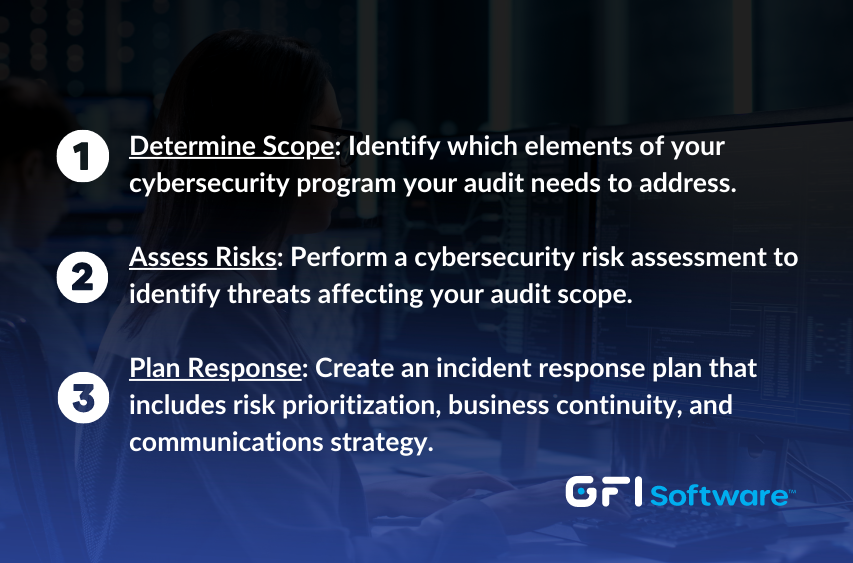
1. Determine Scope
The first step in planning your audit is to decide which aspects of your cybersecurity program it should address. This involves determining the purpose of the audit, identifying key stakeholders, and planning the execution process.
2. Assess Risks
Upon determining the scope, the next step is the cybersecurity risk assessment. This exercise aims to detect potential threats within the scope of your audit and the existing security measures to counter them.
Common cyber threats include:
- Distributed Denial of Service (DDoS) attacks: A malicious attempt is designed to overwhelm a server with excessive amounts of fabricated traffic, causing it to shut down.
- Social Engineering: This deceptive technique tricks employees into revealing sensitive information. Common examples include phishing and business email compromise.
- Malware: Any program or file designed to invade, damage, or disable computer systems. Among the most harmful types of malware is ransomware, where hackers encrypt an organization's sensitive information and demand ransom for its decryption.
- Stolen Passwords: Past data breaches can expose employees' data, including passwords. Cybercriminals can acquire this publicly available information to hack into corporate accounts and steal data.
- Zero-Day Exploits: These are unpatched security vulnerabilities unknown to the developers, exploited by hackers to gain unauthorized access to internal systems.
The most potent weapon against these threats is continuous security monitoring. With tools like GFI LanGuard, organizations can detect cyber threats in real-time. By identifying threats early on, organizations can reduce the risk of serious incidents such as data breaches, thereby protecting their assets, reputation, and bottom line.
3. Implement an Incident Response Plan
After recognizing the potential threats to your organization's cybersecurity, the final step is to create and implement a comprehensive incident response plan. A well-crafted incident response plan should encompass the following key elements:
- Risk Prioritization and Remediation Methodology: Outline the approach for categorizing risks based on their severity and urgency and the processes for mitigating them. This could include methods like software patching, fortifying security architecture, and segmenting network structure.
- Business Continuity Plan: This is a strategic blueprint to ensure seamless recovery from any security incident discovered during the threat identification process. This plan should detail steps to minimize interruption to operations and data loss while restoring your systems to normalcy.
- Security Tools Documentation: Record the preventive, detection, and responsive tools in place to safeguard your security systems.
- Communication and Training Plan: This includes strategies for informing all stakeholders in case of a security incident. It should also detail employee training programs and resources to raise awareness about cybersecurity risks and the correct protocols to follow when an incident occurs.
Ready to safeguard your business with GFI LanGuard?
Related Posts
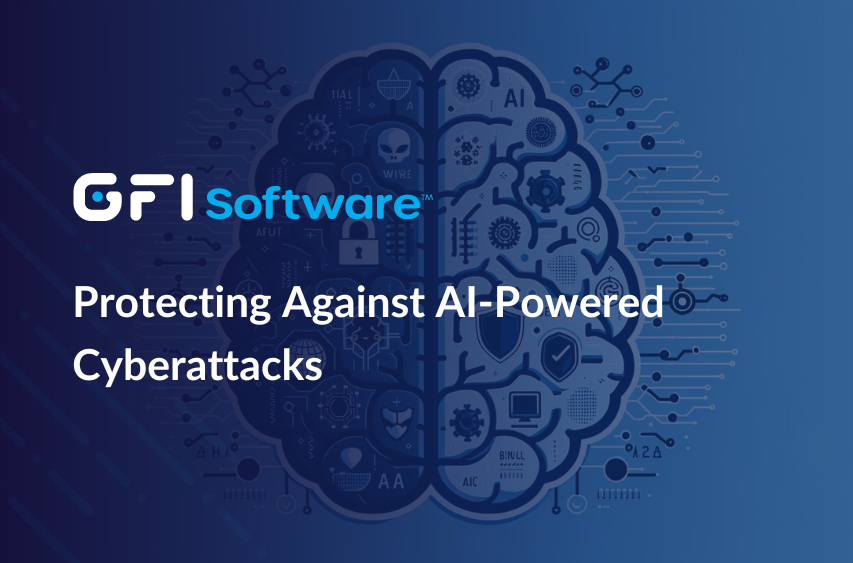
Apr 11, 2024
Outsmarting the Machines: Protecting Against AI-Powered Cyberattacks
AI is revolutionizing cybersecurity, but it's a double-edged sword. In this post, we explore the growing landscape of sophisticated, AI-powered cyber threats like morphing malware and hyper-personalized phishing scams.We also dive into how organizations can harness AI's immense potential to bolster defenses through advanced threat detection, autonomous response capabilities, and predictive vulnerability analysis.
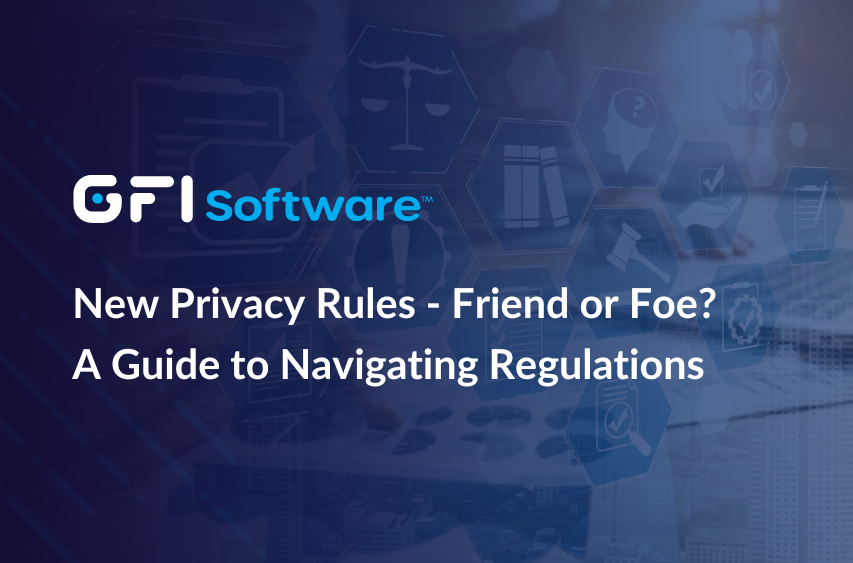
Apr 4, 2024
New Privacy Rules - Friend or Foe? A Business Guide to Navigating Regulations
Privacy laws are evolving; businesses must adjust. Learn key rules and how GFI ensures email/network security compliance.
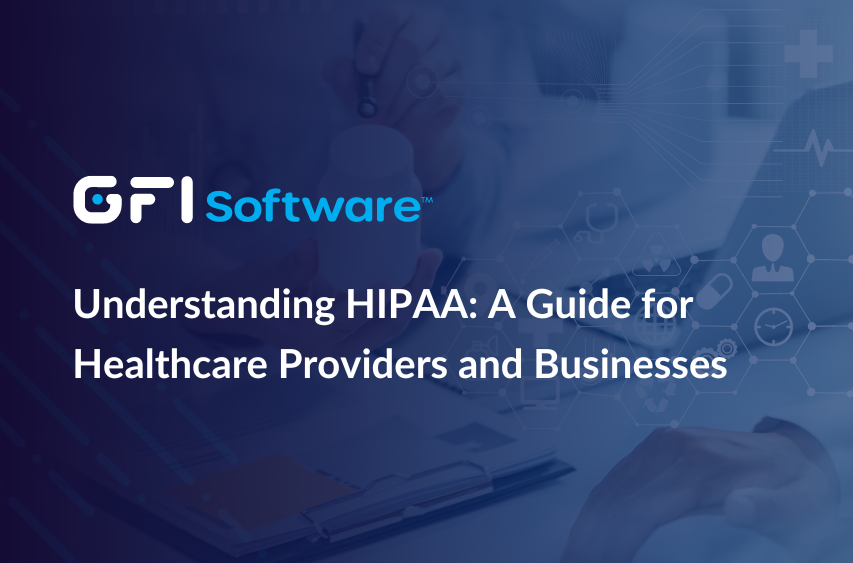
Mar 5, 2024
Understanding HIPAA: A Guide for Healthcare Providers and Businesses
If you're a healthcare provider or business handling protected health information, understanding HIPAA is crucial. This guide demystifies HIPAA's requirements for safeguarding patient data and outlines best practices for compliance. We'll delve into risk assessments, employee training, breach prevention, and how GFI Software can help you avoid potential penalties and protect your practice.
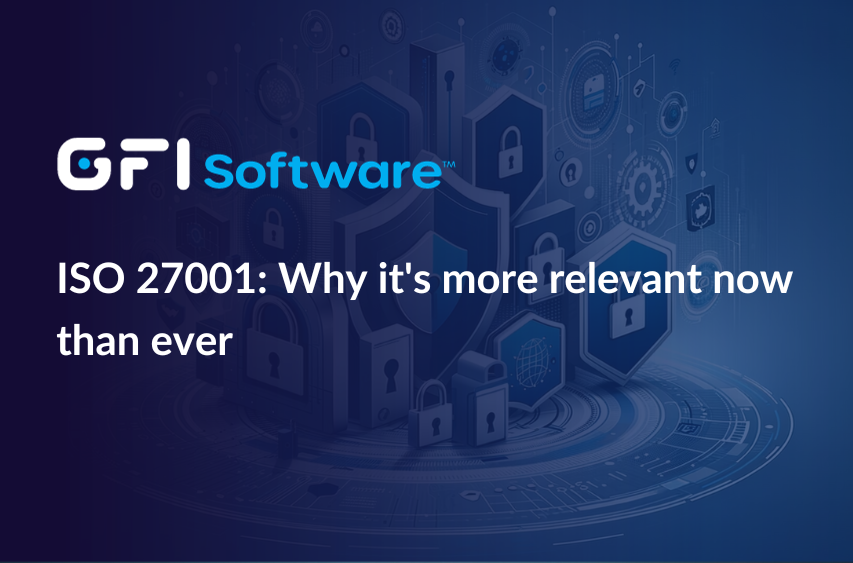
Dec 22, 2023
ISO 27001: Why it's more relevant now than ever
Discover the importance of ISO 27001 in addressing today's cybersecurity challenges and the role of GFI Software's solutions in achieving compliance. Our latest post provides a comprehensive overview of ISO 27001's relevance, its alignment with emerging technologies, and essential steps for effective implementation.
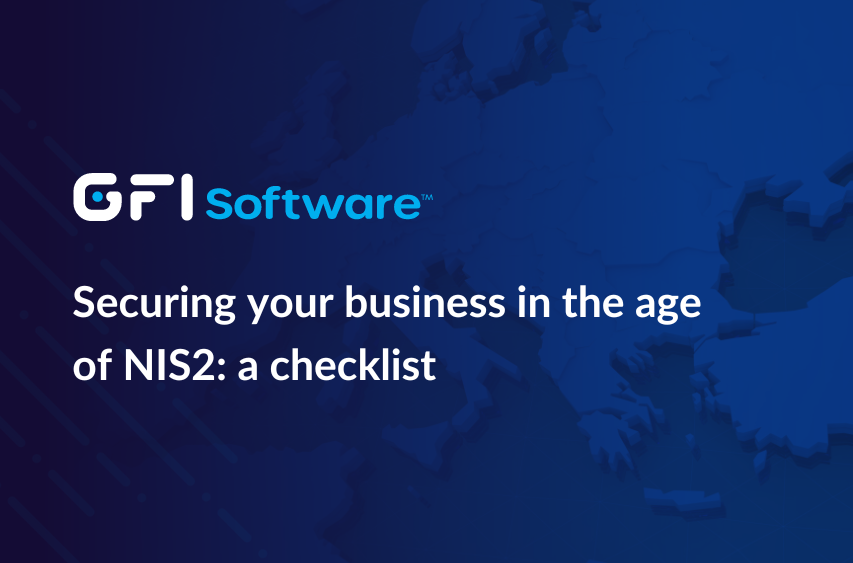
Dec 11, 2023
Securing your business in the age of NIS2: a checklist
NIS2 accentuates the importance of cybersecurity for essential and digital service providers within the EU. To meet the security standards, understanding and conforming to its guidelines is fundamental. This checklist guides you through this updated regulatory terrain and showcases how tools like GFI LanGuard can be instrumental in this journey.

Oct 15, 2023
Everything You Need to Know: NIS2 and Healthcare Data Security
Explore the essentials of NIS2 compliance in the healthcare sector and uncover how NIS2 standards are crucial for protecting patient data amidst the growing digital threats. We also introduce how tools like GFI LanGuard can aid in navigating the compliance pathway, making the journey toward enhanced data security more straightforward for healthcare providers.




